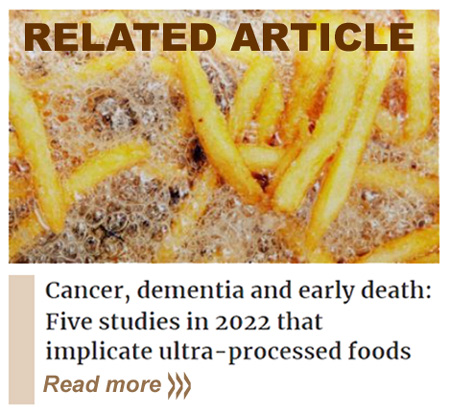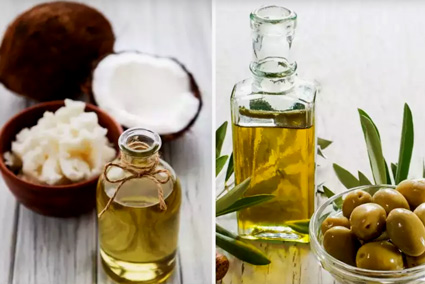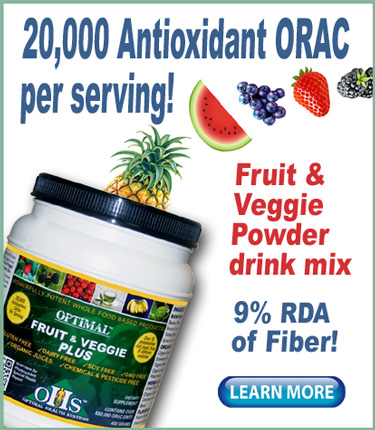Americans are eating more processed foods than ever, and surveys show that most consumers don’t understand just how much this trend affects their health.
Just in the year 2022 alone, studies highlighted the wide range of health issues linked to consumption of processed food: reduced physical fitness, increased rates of depression and anxiety, increased likelihood of developing cancer, and even early death. Read more in our previous post here.
Convenience and taste are the main reasons consumers say they choose processed foods; however, part of the problem is education on just what a processed food is. And the U.S. Department of Agriculture (USDA) is indirectly contributing to the problem by classing all foods with any kind of processing into a single category of “processed foods.”
Some experts theorize that when every type of processed food is categorized together consumers are less likely to choose a food that may be processed, but perhaps not as unhealthy as a highly-processed alternative. If you’re told both dried fruit and frozen pizza are “unhealthy” processed foods, then why not eat the pizza?
The broad definition
The USDA defines a processed food as one that has undergone any changes to its natural state—that is, any raw agricultural commodity subjected to washing, cleaning, milling, cutting, chopping, heating, pasteurizing, blanching, cooking, canning, freezing, drying, dehydrating, mixing, packaging, or other procedures that alter the food from its natural state.
As Harvard School of Public Health (Harvard Health) puts it, when using the USDA definition even the produce at the grocery store would be considered processed. Afterall, “even the apples in the produce aisle undergo four or more processing steps before being sold to the consumer.”
The solution
Fortunately this problem was recognized years ago, and in 2009 system was established to help grade the level, and corresponding health risk, of processed foods: NOVA.
NOVA was the brainchild of Carlos Monteiro, a professor of nutrition and public health at the University of Sao Paulo in Brazil, and quickly gained worldwide recognition.
NOVA is a name, not an acronym, and it divides all food into four categories of increasing levels of processing. To be sure it is not a perfect system; however, it does provide a general guideline for consumers wanting to balance convenience with nutrition.
The four categories of NOVA are:
1. Unprocessed or minimally processed foods
Unprocessed foods include the natural edible food parts of plants and animals. Minimally processed foods have been slightly altered for the main purpose of preservation but which does not substantially change the nutritional content of the food.
Examples include cleaning and removing inedible or unwanted parts, grinding, refrigeration, pasteurization, fermentation, freezing, and vacuum-packaging.
2. Processed culinary ingredients
Food ingredients derived from a minimally processed food by pressing, refining, grinding, or milling. They are typically not eaten on their own but used to prepare minimally processed foods. Examples include oils from plants, seeds, and nuts, or flour and pastas formed from whole grains.
3. Processed foods
This category includes foods from either of the two previous groups, but also have added salt, sugar, or fats. Some canned fruits and vegetables, some cheeses, freshly made bread, and canned fish are examples. These foods usually are made from at least two to three ingredients and can be readily eaten without further preparation. Foods in this group may retain substantial nutrition, but consumers need to carefully consider whether processing outweighs the nutritional content.
4. Ultra-processed foods
This category includes what is commonly thought of as “junk food” and is by far the most unhealthy category. These foods go beyond the moderate processing of salt, sweeteners and fat to also include artificial colors, flavorings and preservatives. These ingredients not only promote shelf stability and texture, but also increase palatability. Ultra-processed foods include several processing steps and use anywhere from four or five additives to dozens of additives.
How you can benefit from the NOVA system
The NOVA system is recognized by the World Health Organization, Food and Agriculture Organization, and the Pan American Health Organization. It is defined in Wikipedia, and Harvard Health lists extensive information on its website.
NOVA is not currently used by the USDA or the FDA; however, neither organization offers any alternative system to aid consumers. Some critics suggest the lack of action by the FDA and USDA in highlighting differences is due to lobbying by food manufacturing groups.
Large food manufacturing conglomerates—or “Big Ag”—don’t want the dangers of ultra-processed foods highlighted in any way. Ultra-processed foods have a much higher profit margin than natural foods like fruit, vegetables and nuts.
It should also be noted that the point of NOVA is not to provide long lists of specific foods, and telling the consumers exactly what to eat or not eat. The point of NOVA is to provide the tools, via category separation definitions, to help consumers make informed decisions on their own.
Harvard Health puts it this way:
“If you are deciding whether or not to include a highly processed food in your diet, it may be useful to evaluate its nutritional content and long-term effect on health. An ultra-processed food that contains an unevenly high ratio of calories to nutrients may be considered unhealthy. For example, research supports an association between a high intake of sugar-sweetened beverages and an increased risk of obesity, diabetes, and heart disease. But some processed foods that contain beneficial nutrients, such as olive oil or rolled oats, have been linked with lower rates of these chronic diseases.”
The mild to moderately-processed foods in the first three categories, while technically processed, can still provide significant nutrition. Food in the fourth category, though, have no redeeming factors other than tasting good. They should be used sparingly.
Category 4 foods are the easiest to recognize. While there might be some cross-over between the first three categories, a Category 4 food would include any packaged food that lists a large number of ingredients besides the actual foods.
Optimal Health Systems offers a myriad of choices to provide the nutrients missing in a diet high in ultra-processed foods.
For example, Optimal Fruit & Veggie Plus is the most potent antioxidant and phytonutrient powder on the market, providing over 13 times the anitoxidant potency that the average American consumes in a day.
Other powders offered by Optimal Health Systems include:
• Optimal Collagen Plus
• Complete Nutrition Plus
• Complete Performance-Chocolate
• Complete Performance-Vanilla
– – –
Sources: Harvard School of Public Health, Wikipedia, U.S. Department of Agriculture.






